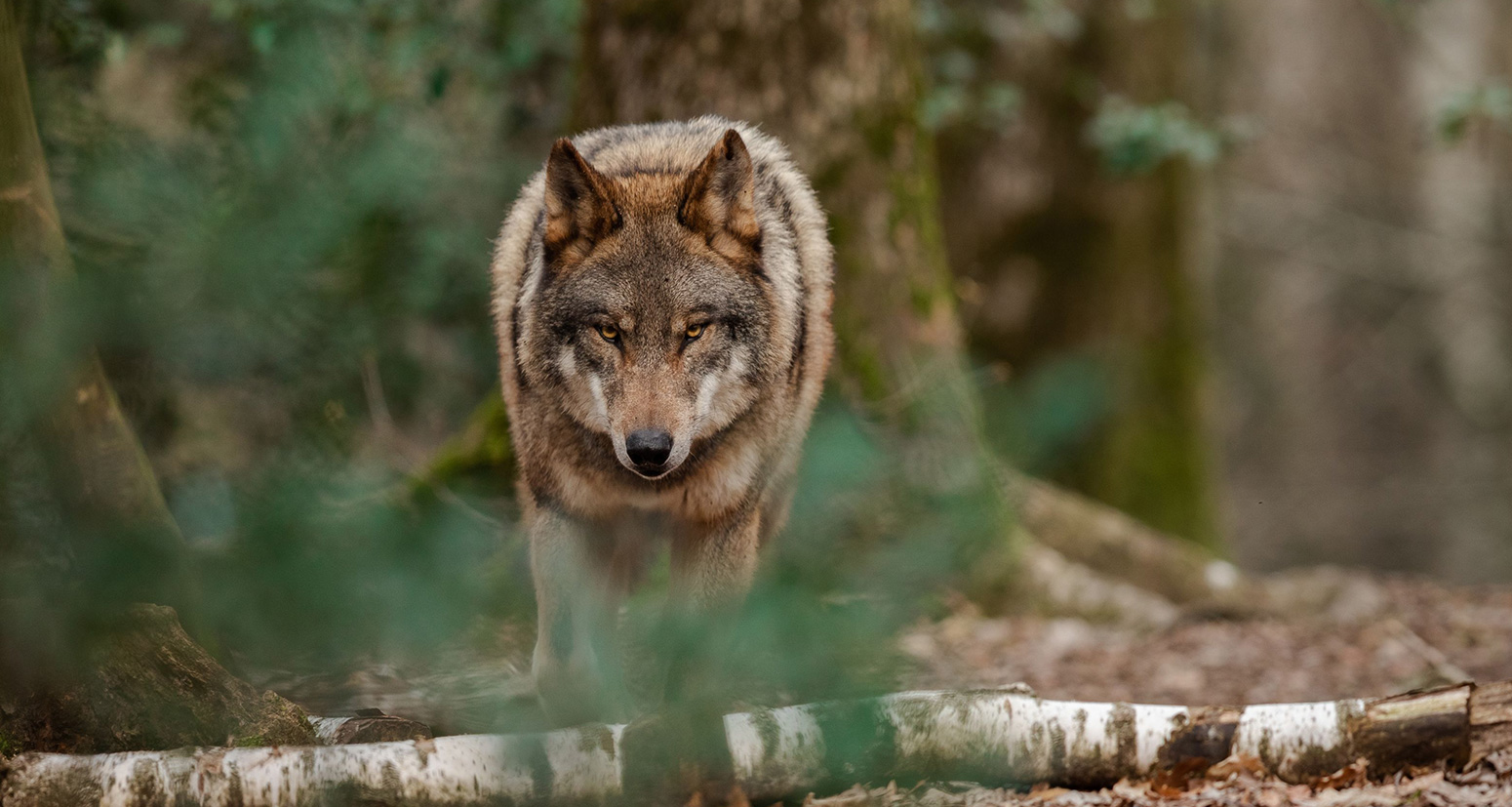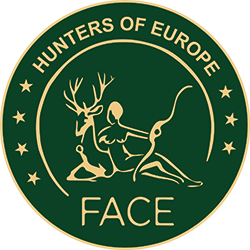
07 Oct 2025 Large Carnivore Updates
On 26 June 2025, the official decision to downlist the wolf was published. This marks the end of over ten years of requests from various Member States, regions, and MEPs, as well as 19 months of active advocacy by FACE and its members throughout the EU institutions (Parliament, Council, Commission).
Member States now have until 15 January 2027 to transpose the directive into national law. The wolf is now listed in Annex V (“protected species”) – and no longer a “strictly protected species” – giving Member States more flexibility in managing wolf populations, especially in areas where coexistence with livestock and human activities is challenging.
This “downlisting” aims to balance conservation efforts with the needs of rural communities. Its success will depend on legislative changes and ongoing dialogue among conservationists, farmers, hunters, and policymakers.
In parallel, Member States were required to submit their Article 17 “State of Nature” reports under the Habitats Directive for the 2019–2024 period by 31 July 2025. These reports are vital inputs for:
- Setting the population trends and status of large carnivores.
- The new Nature Restoration Regulation (baseline data for national restoration plans).
- The final evaluation of the EU Biodiversity Strategy for 2030, informing post-2030 biodiversity policy.
- International reporting obligations, including the Kunming-Montreal Global Biodiversity Framework.
Ensuring adequate resources for high-quality data and timely reporting remains crucial for accurate conservation status assessments. Importantly, how the wolf’s conservation status is classified in these reports will significantly influence future management options for Member States.

